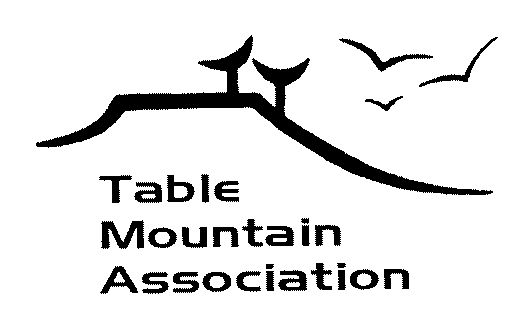
THE APPARENT END OF THE BOULDER KNAPWEED WAR: EVERYBODY WINS BUT THE WEED!
The following article was provided by CU professor Dr. Tim Seastedt, a knapweed specialist. Additional information on knapweed control (especially for small acreage and small infestations) should be obtained from the County Extension Agent in Longmont.
In April of 1997 the Boulder County Commissioners requested that I attempt a pilot project to demonstrate that diffuse knapweed could be controlled in Boulder County grasslands without the use of herbicides. As of June 2001, the results of these efforts suggest that nonchemical control is feasible. Four species of insects that eat various parts of the knapweed plant - roots, foliage, flower heads, and seeds - appear effective in reducing densities and preventing the spread of this weed to uninfected areas. Further, diffuse knapweed is both the home and the food supply for these insects; these animals cannot survive on other plant species. Thus, the probability of these species harming anything other than an introduced knapweed is very low.
Control with these insects can be slow, and we must learn to put up with the presence of the weed during the establishment of the insect populations. Killing the plant during this time of insect establishment can totally kill off the insects, but the weeds can return because of a seed bank present in the soil. About four to five years are required for insect populations to build to levels where the growth, survivorship, and reproduction of the weed are strongly curtailed. A protected area for the insects - one that contains the knapweed - is required during this interval. However, areas adjacent to the insect populations can be effectively controlled by other methods.
This form of weed control is very cost-effective and environmentally friendly. The insects can replace large-area spraying of the weeds. This should eventually save the City and County of Boulder somewhere in the neighborhood of $100,000 or more per year that is currently used to purchase chemicals, equipment, and pay personnel required for spraying. Further, this technique is likely applicable to the 3,200,000 acres of diffuse knapweed that has been reported to exist in the West. The cost savings of switching from chemical to biological control of diffuse knapweed are potentially huge.
This solution was brought about by a university - public lands partnership. Students from the University of Colorado at Boulder and volunteers from the Boulder area provided essential assistance in this effort. Boulder County Open Space provided some financial and technical assistance, as did the University of Colorado. The activity required that scientists, students, volunteers, and managers to work together, and these interactions facilitated the speed at which the present solution was developed.
Scientists and environmentalists urge that the best public land management for weeds such as knapweed and leafy spurge is a program that minimizes economic costs (i.e., is realistic and applicable to large areas), has no human health risks, and minimizes risks to other species. While control of knapweed using only native species would represent the best way to deal with this weed, control with new species that only feed on the weed represents the second best option. In this case, continuing concerns about chemical toxicity, effects of chemicals on non-target species, development of resistance of weeds to the chemicals (decline in effectiveness of the chemical), and in particular the costs involved in repeated applications, puts herbicides lower on the preferred list of management tools for large areas of diffuse knapweed.
The war with diffuse knapweed in the Boulder area appears to have been won, but the war to preserve native biological diversity is ongoing, and the prognosis for this effort is much less optimistic. The solution, if there is one, is to develop a clear set of objectives and goals for each parcel of land, and develop a series of management techniques to attempt to obtain those goals. If we don't try, we'll never know if an alternative management strategy will succeed. (And, in 1997, the Commissioners considered biological control of knapweed an untested, alternative strategy.) For example, the next ecosystem management task in the Colorado Front Range may be to maintain the upland tallgrass prairie of Rocky Flats without frequent or large-scale fires. If the public, the scientific community, and the land managers agree to pursue this goal, a positive outcome is likely.